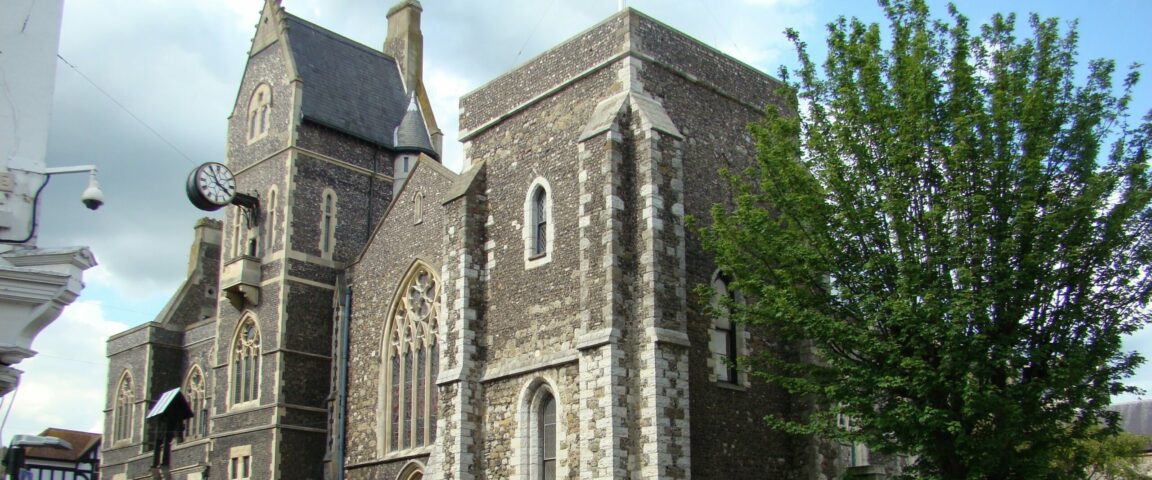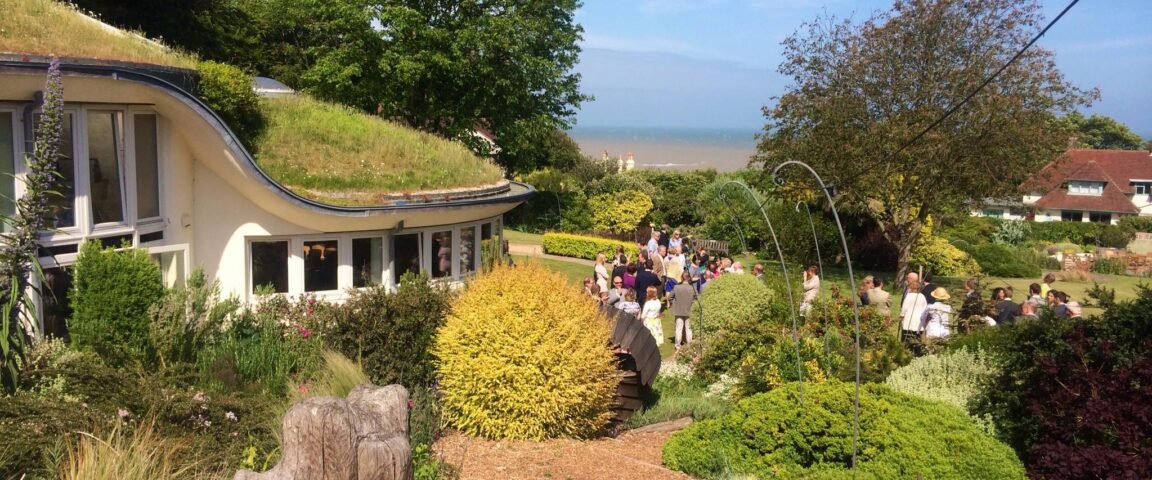The White Cliffs of Dover
One of the most famous geological features in the world, the White Cliffs of Dover are also arguably the most iconic image of the British Isles.
Dover
7am to 7pm
Free for National Trust members
Café
Facilities
- Car parking
- Disabled parking
- Dogs welcome
- Parking charges
- Toilets
- Picnic area
- Viewpoint
- Accessible footpaths
- Cycle parking
Geosite details
The White Cliffs are made up of chalk that formed underwater around 100 million years ago.
Around 450,000 years ago a megaflood created the Strait of Dover that separates the UK and France today, leaving white cliff faces on both sides.
In the comparatively recent history of the White Cliffs they have acted as a symbol of Britain and a backdrop to countless historic events including the Roman invasion of Britain and both world wars. Over the years this geological feature has taken on extraordinary cultural significance. King Lear was led to the top of them in Shakespeare’s famous play, Vera Lynn sung about them to soldiers during World War Two, and they’ve represented everything from a return home to the hope of a new life to those travelling across the sea to this island for over more than 5000 years.
The extraordinary cultural and geological heritage of the White Cliffs is matched by the biological heritage too. The Chalk provides the basis for all sorts of plants including rock samphire and rare orchids which in turn support lots of special wildlife species, including Adonis blue and Chalkhill blue butterflies. And whilst you won’t see too many bluebirds in the skies above the cliffs, you can spot all sorts of rare birds including peregrine falcons, kittiwakes and skylarks. The White Cliffs are also visited by many migratory birds as they arrive and leave the UK throughout the year so you can often spot unusual species in the area throughout the warmer months.
How to get here
- Where to start? The best way to explore the White Cliffs is to catch a train from London to Dover. The cliffs can be viewed from the seafront just a short walk away. Alternatively, climb the network of footpaths to the clifftop for an unforgettable walk to the South Foreland Lighthouse.
- Travelling by train? With around 40 stations in and bordering the National Landscape with connecting links to London and the continent, the Kent Downs and Cross-Channel Global Geopark can be readily accessed by train.


